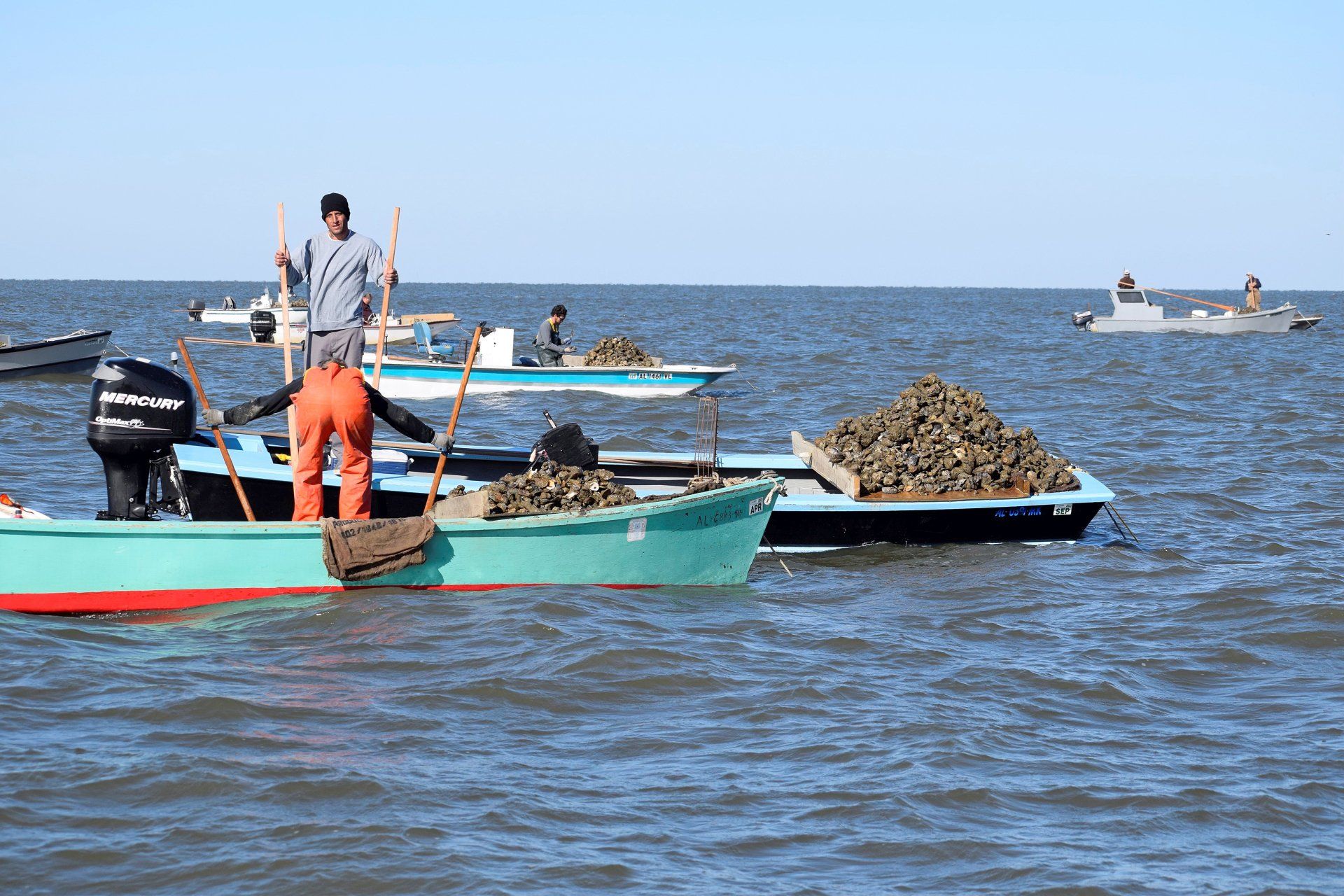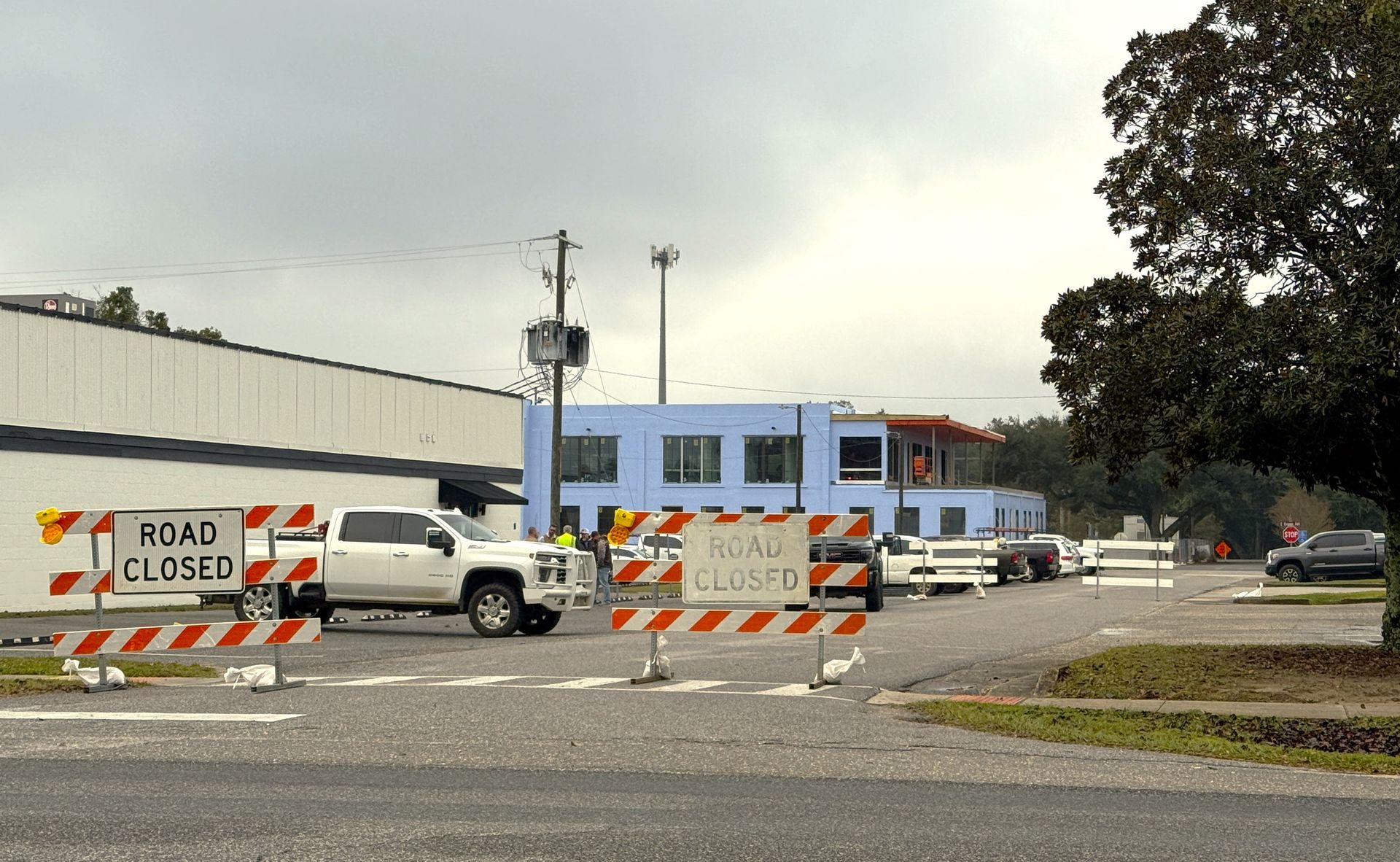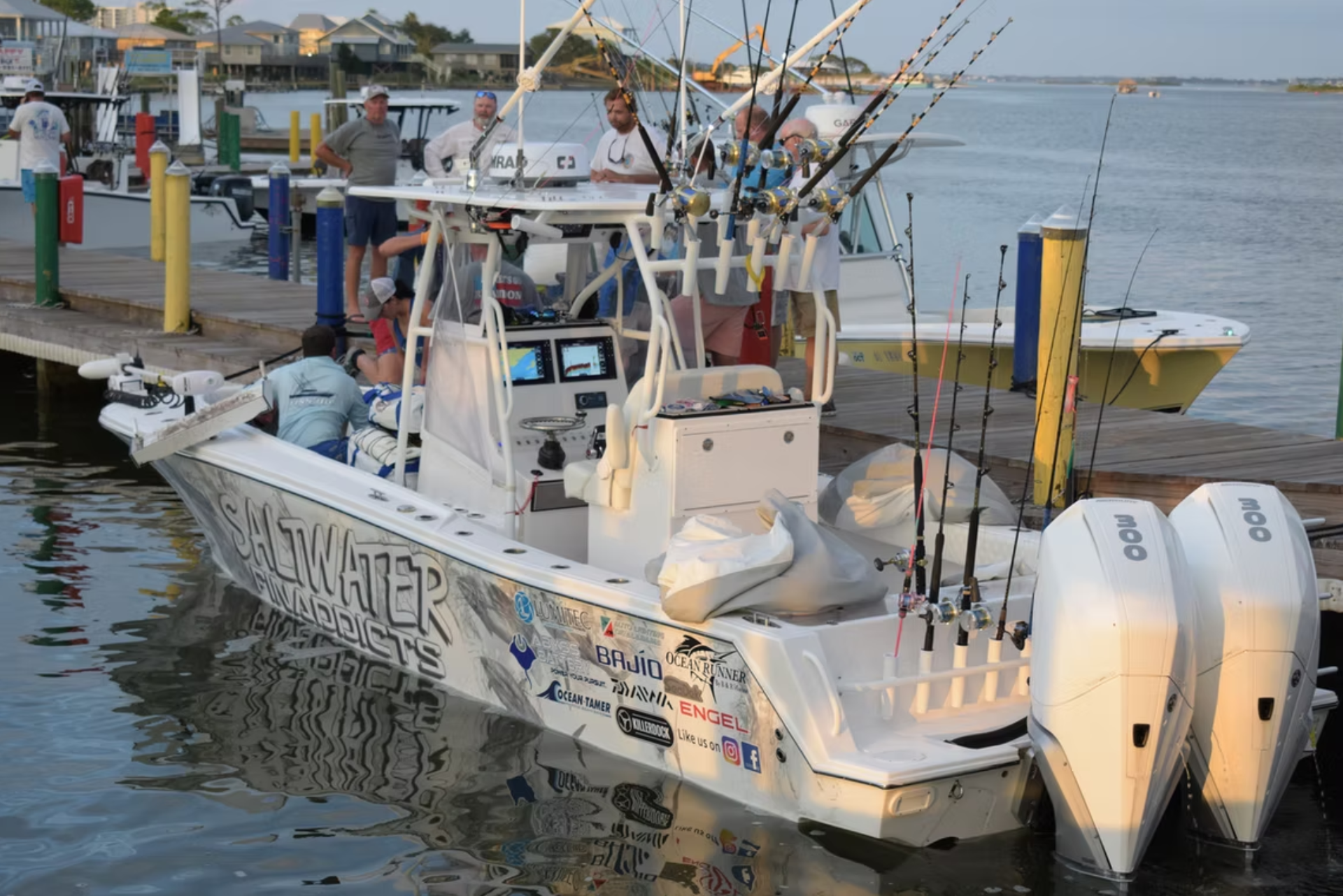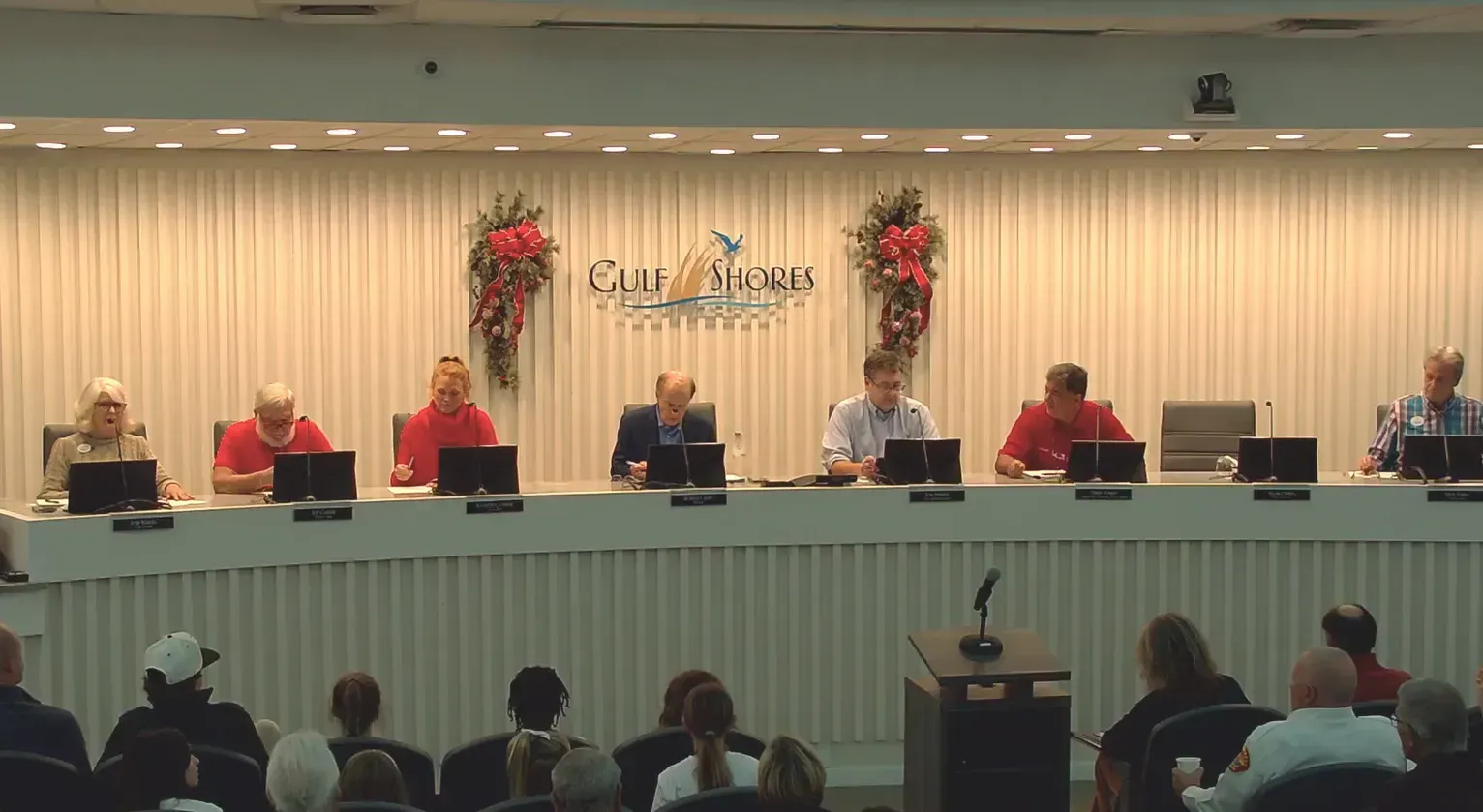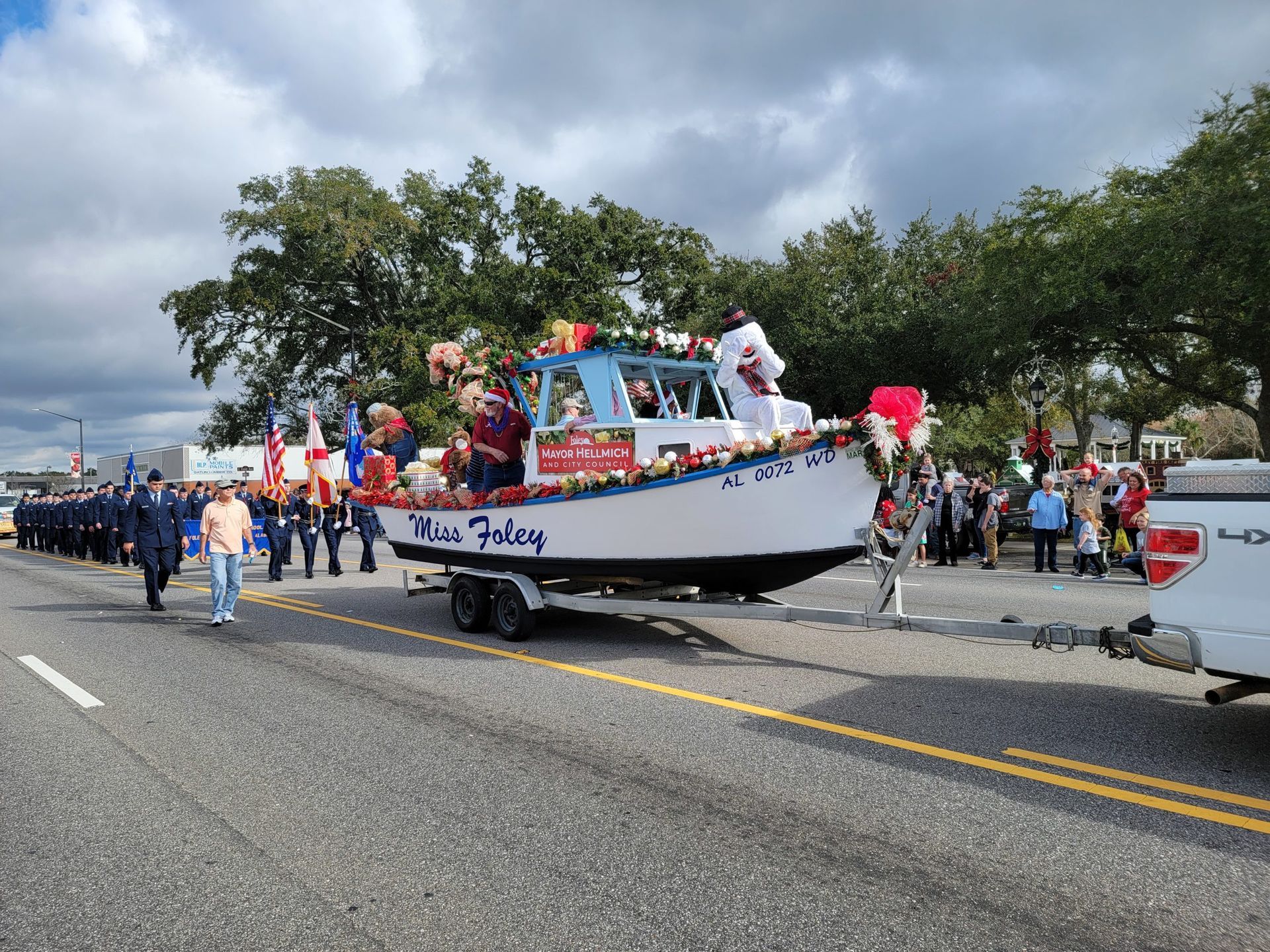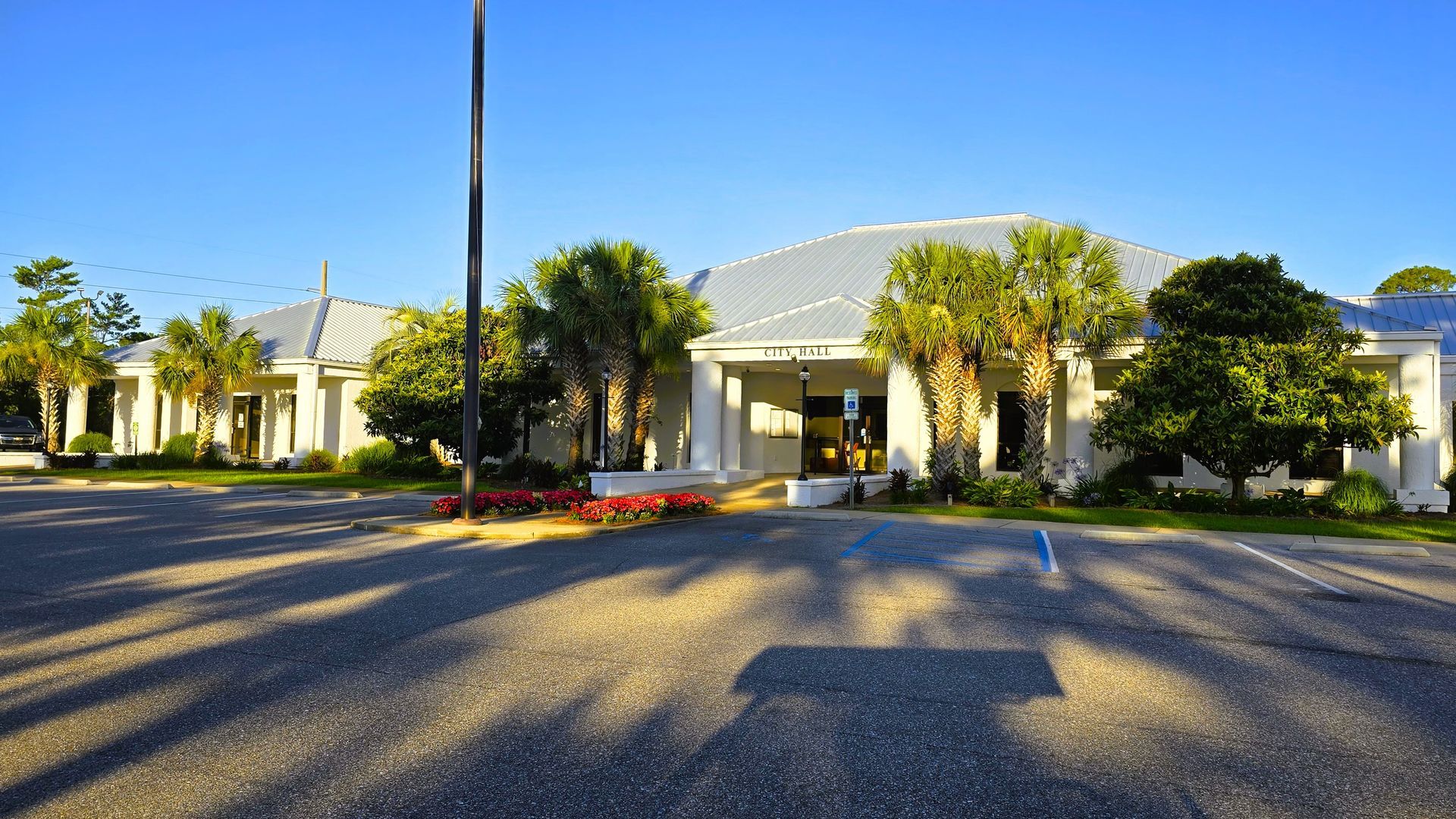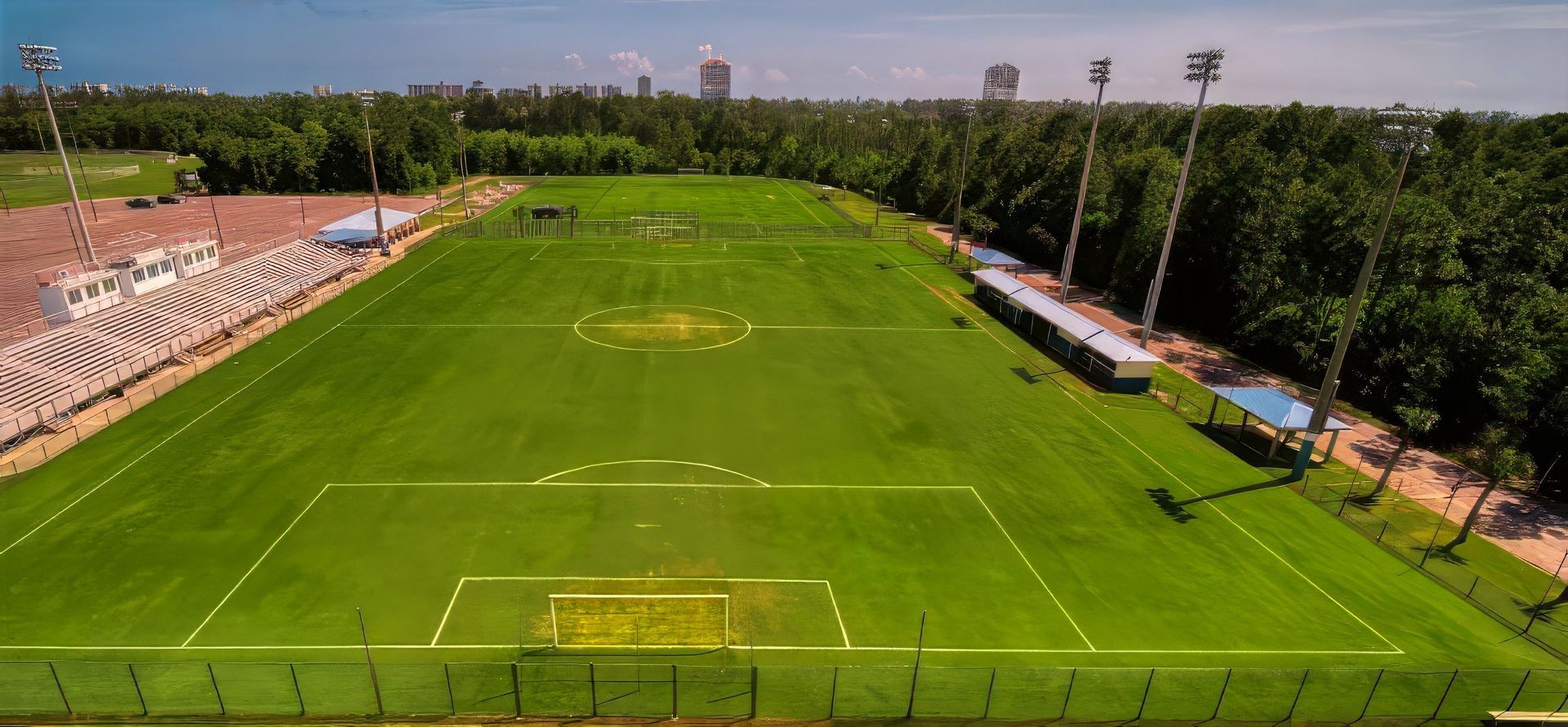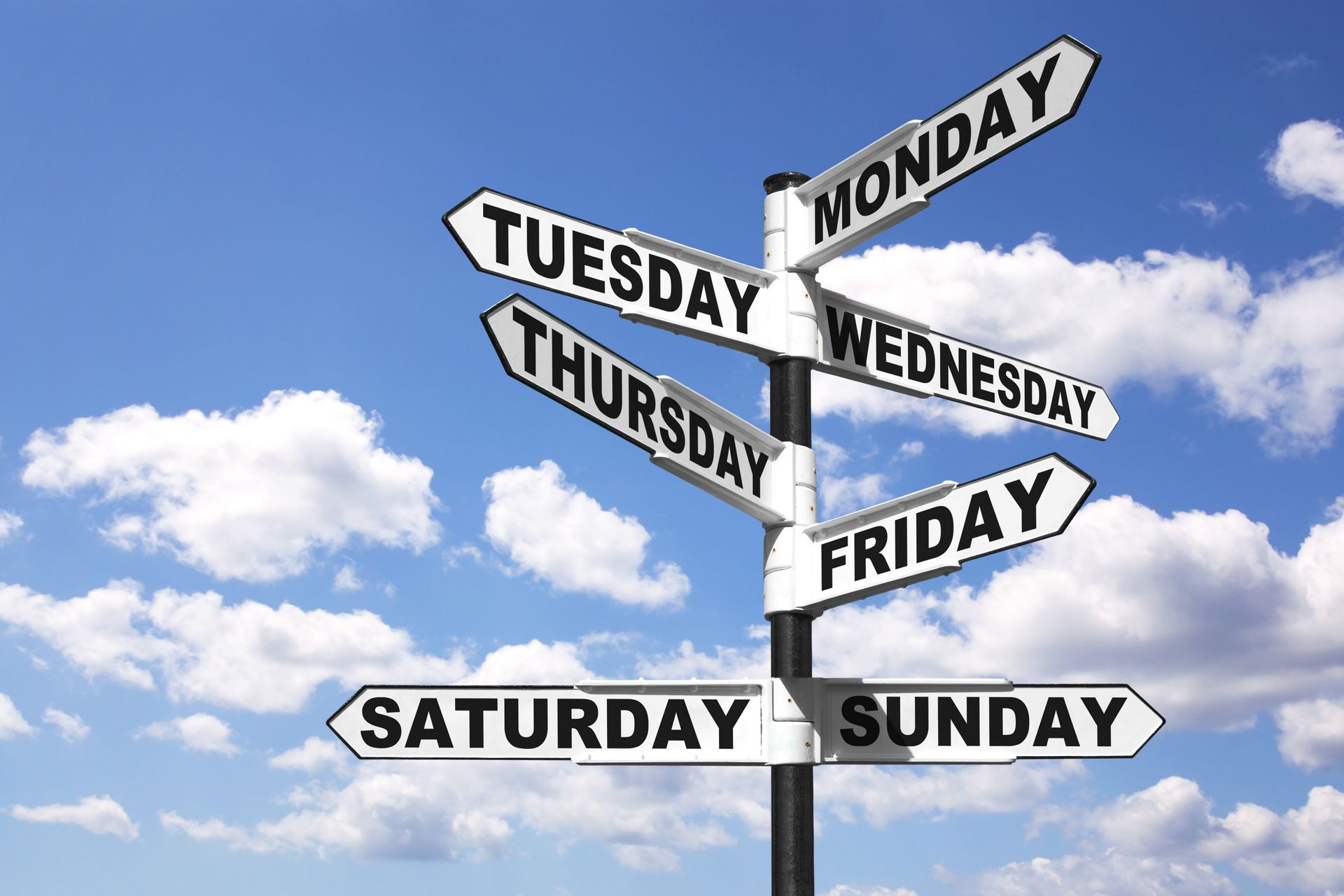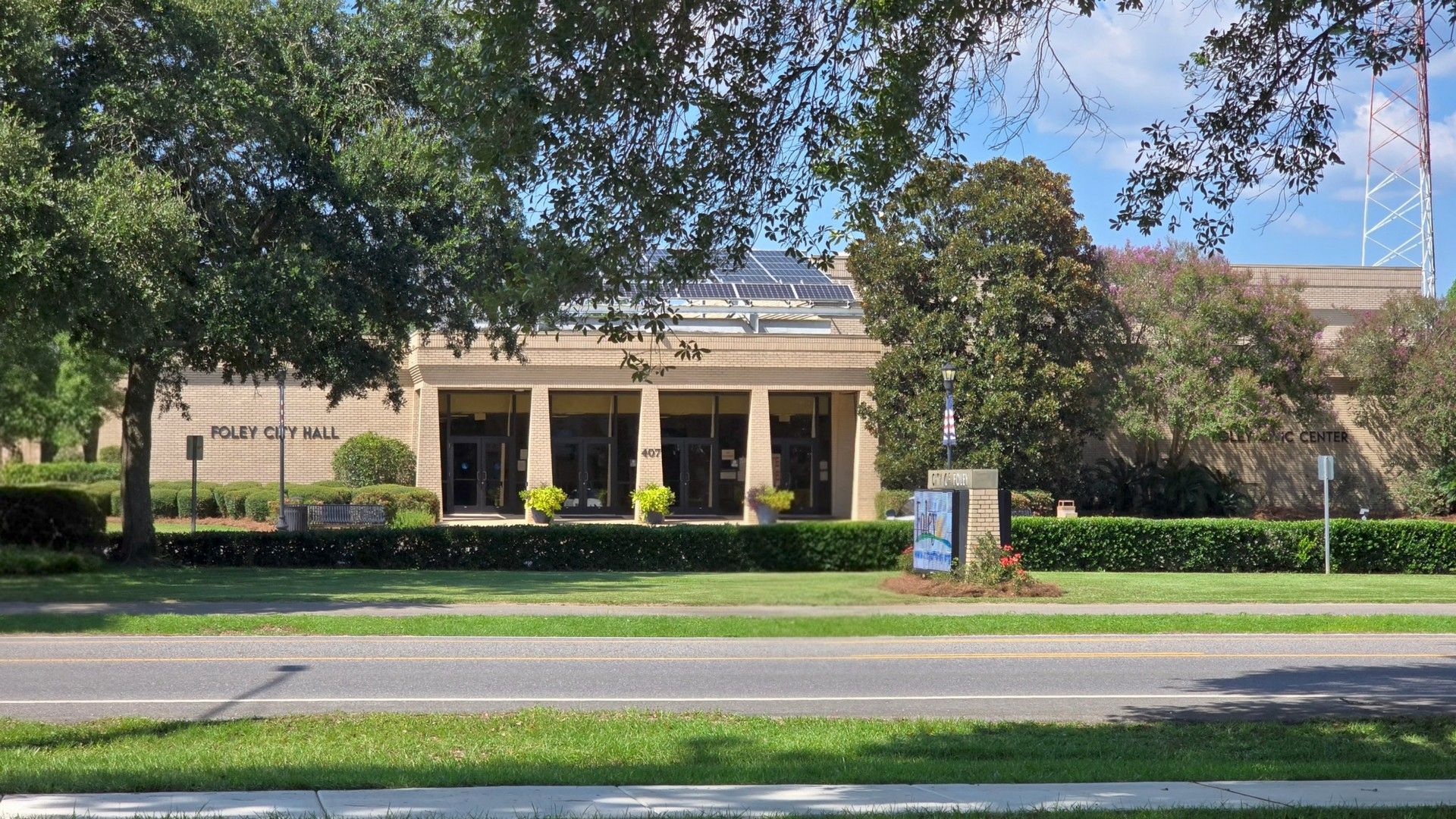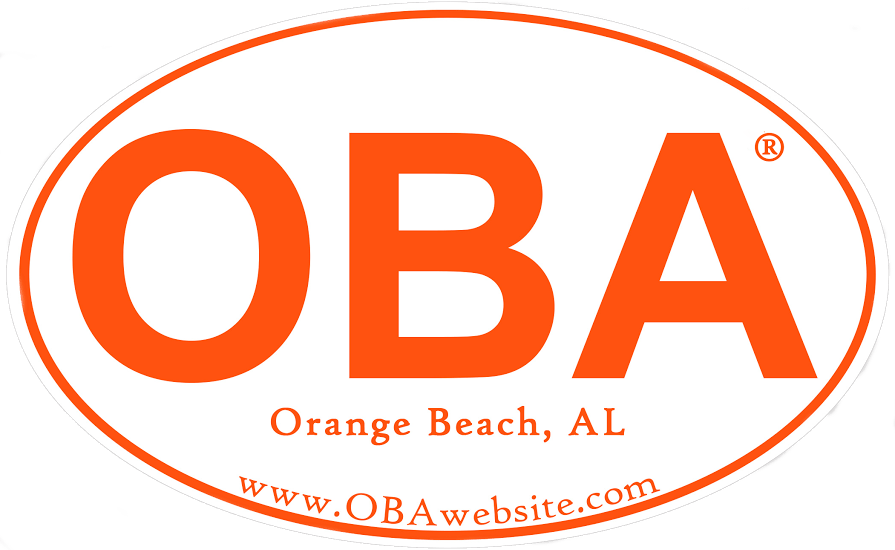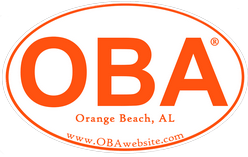Gulf Shores Schools Build Coast-to-Career STEM Pipeline for Students
District receives more than $730,000 to expand hands-on learning opportunities
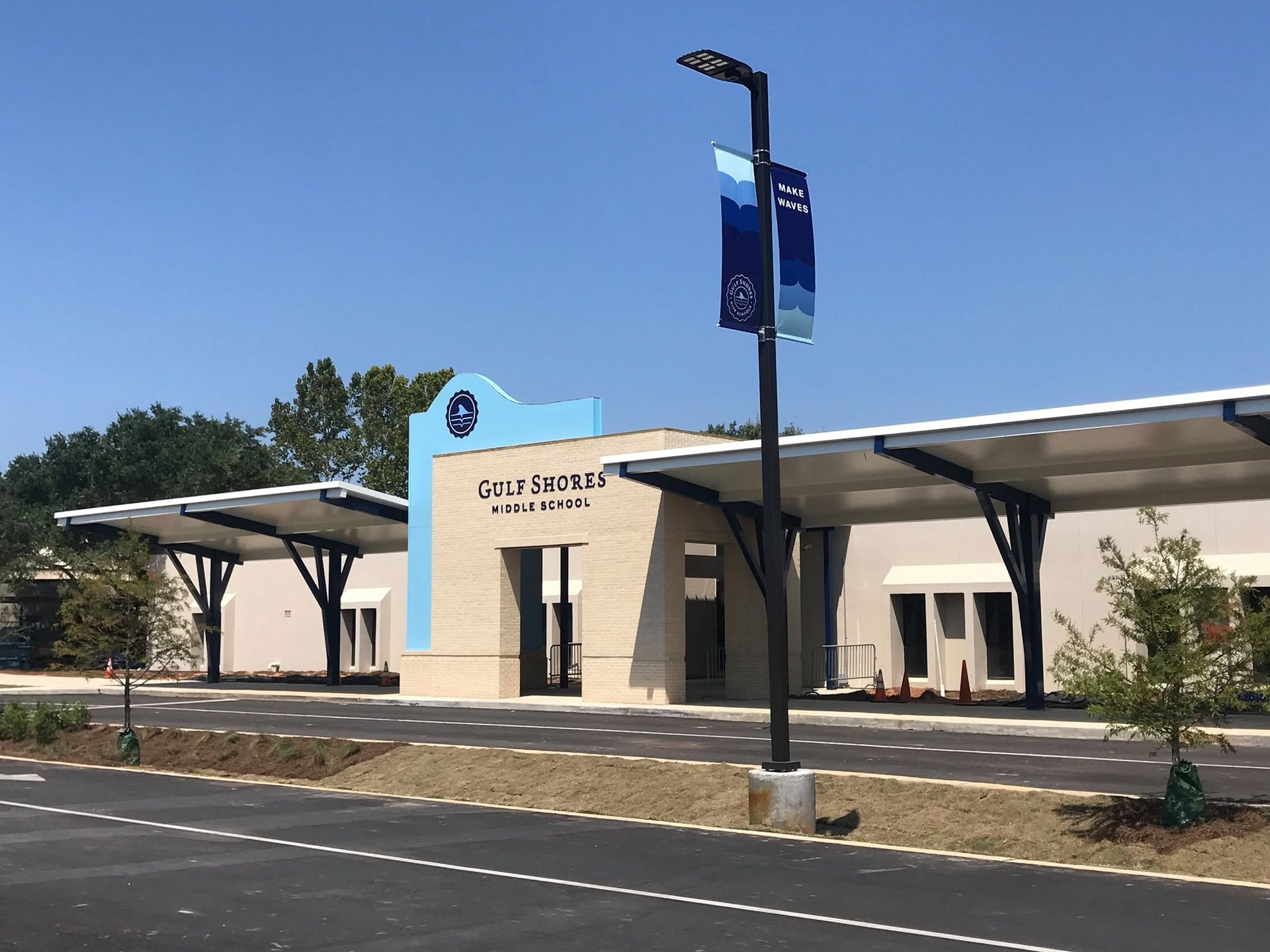
Gulf Shores, Ala. — (OBA) — Gulf Shores City Schools is building a comprehensive science and technology program that follows students from elementary school through graduation. The district has created a system where young learners explore robotics and coding in modern labs, then advance to career-focused academies that offer industry credentials. Schools throughout the district now feature dedicated STEAM spaces, makerspaces, and design studios filled with professional-grade equipment. This approach connects classroom lessons to real-world problems and gives students skills that employers need.
The district recently received a significant boost to its science programs. Gulf Shores was awarded $733,024 from the National Academies of Sciences, Engineering, and Medicine's Gulf Research Program. The three-year grant will focus on environmental and scientific literacy for students in kindergarten through eighth grade across the Gulf region.
The funding will help connect students to environmental challenges in their own coastal community. This aligns with the district's strategy of using local ecosystems and resources as outdoor classrooms. Students will learn science concepts while studying the beaches, bays, and wildlife that surround their schools.
At Gulf Shores Elementary, the foundation begins in a new STEAM Collaborative Learning Center. The facility includes six flexible classrooms and two fully equipped STEAM labs where young students work on hands-on projects. The center also features three aquariums, outdoor learning spaces, and breakout areas designed for group work. Even the hallways serve as learning zones with interactive displays and activities.
The elementary program blends science, technology, engineering, arts, and math through project-based learning. Students explore coding, engineering challenges, and environmental science concepts. Families can extend the learning at home with resources like Code.org, BreakoutEDU, and CodeSpark.
Middle school students to continue building skills through competitive clubs and hands-on experiences. The Gulf Shores Middle School Robotics Club lets students design, build, and program robots for regional competitions. These clubs help students discover their interests before they choose a formal career pathway in high school.
The Engineering & Computer Science Academy at Gulf Shores High School offers the most advanced opportunities. Students can follow either an engineering track or a computing track, with multiple courses available in each area. Engineering students take classes like Foundations of Engineering and Environmental Engineering, plus Project Lead the Way courses that teach design processes and problem-solving.
Computer science students progress from Programming Foundations through AP Computer Science Principles, which uses Python programming. Advanced students can take AP Computer Science A, which teaches Java, or explore cybersecurity topics. Many students earn professional credentials like the SolidWorks Associate certification before they graduate.
One standout program is Greenpower, where high school students design, build, and race electric cars. The program teaches mechanical and electrical engineering, computer-aided design, data analysis, and project management. Students work within real budgets and deadlines while competing against other schools.
The district also supports student organizations including SkillsUSA, VEX, FIRST, and BEST Robotics. These competitions let students apply what they learned in class while working under pressure as a team. The challenges mirror workplace conditions and help students develop professional skills.
Two specialized facilities anchor the high school programs. The Volkert Center for Applied Design and the Dream Lab give students access to modern tools found in professional engineering and design firms. Students work in studios that look more like tech companies than traditional classrooms.
Gulf Shores City Council works closely with the school district on these initiatives. At the October 13, 2025 council meeting, officials discussed how the city and schools coordinate on facilities and priorities. This partnership has helped the district build its modern STEM infrastructure.
The new federal grant represents the latest investment in place-based science education. The National Academies program specifically targets Gulf Coast communities where students can study environmental resilience and coastal ecosystems.
District leaders say the goal is creating a seamless pipeline where skills build year after year. Elementary students who code simple programs eventually write complex applications in high school. Middle schoolers who build basic robots later engineer electric vehicles. Each level prepares students for the next challenge.
Parents can expect their elementary students to regularly visit STEAM labs and work on group projects. Take-home resources help families continue the learning between school sessions. Middle school students can join clubs without committing to a full pathway, letting them explore different interests.
High school students make more formal choices by selecting a pathway and working toward specific credentials. They build portfolios of projects and compete in recognized competitions. Many graduate with college credits and professional certifications already completed.
The district describes its approach as making waves by integrating community resources into education. Coastal ecosystems become classrooms. Local businesses partner with schools. City facilities support student programs. This coordination creates opportunities that isolated programs could never match.
Gulf Shores has transformed STEM education from scattered elective classes into a coordinated system. Students now follow a clear path from curiosity-driven elementary projects to career-ready high school academies. The new federal grant will strengthen this pipeline by deepening the focus on environmental science and connecting students more closely to their coastal home.
Share this article w/ Friends...
